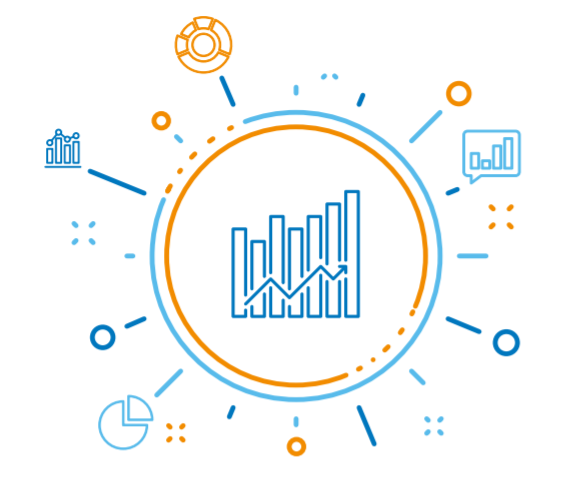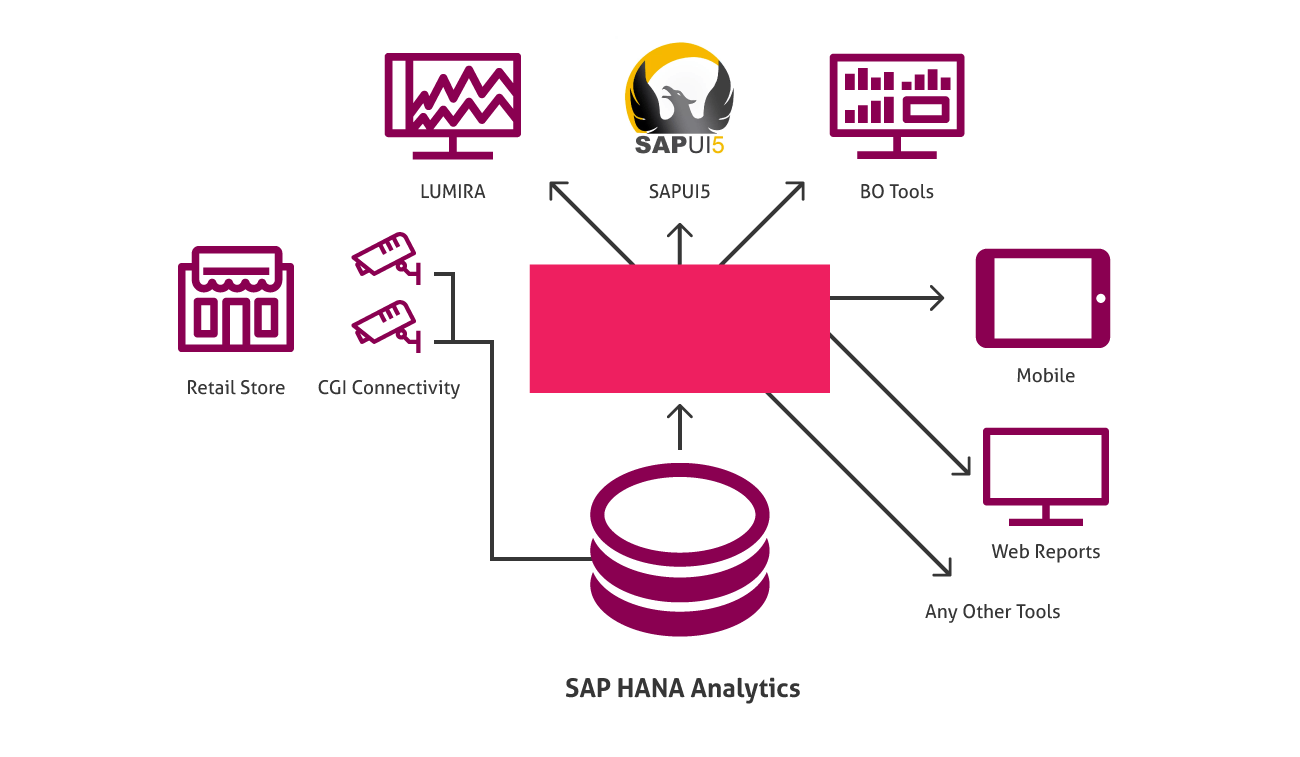SAP HANA Analytics

Analytic View is in the form of Star schema, wherein we join one Fact table to multiple Dimension tables. Analytic views use real power of SAP HANA to perform complex calculations and aggregate functions by joining tables in form of star schema and by executing Star schema queries. In the previous post about Data Warehousing with SAP we focused on the single source of truth quest that started some 30 years ago.
In this post, our concern is what to do with it: reporting, analysis, analytics, data mining, and machine learning. As with data warehousing, companies who pioneered these technologies and who were once listed as leaders on Gartner’s Magic Quadrant have for the most part been acquired. The Canadian reporting giant Crystal Reports merged with the French business intelligence specialist Business Objects in 2003 and a little later folded into SAP (2008). For data mining and statistics technologies, SAP acquired KXEN in 2013. Similar purchases were made by IBM with Cognos in 2008 and SPSS one year later, both software veterans: Statistical Package for the Social Sciences was founded in 1968 and Cognos in 1969 (again from Canada).
Although often used interchangeably, the terms analysis and analytics have different meanings. For some analytics references systematic analysis, i.e. a scientific approach to analysis. Others define analysis as looking backward, explaining the past, whereas analytics looks ahead and explores potential future events. See What is the Difference Between Analysis and Analytics? for an argument. See also the Gartner Glossary on Analytics for a definition of the term as used in the industry today. Although in the SAP product portfolio we encounter both SAP Predictive Analytics and the SAP HANA Predictive Analysis Library (PAL) and SAP HANA Text Analysis as part of the SAP HANA advanced analytics solutions, in this blog we will follow the above-mentioned distinction: analysis explains, analytics predicts.

